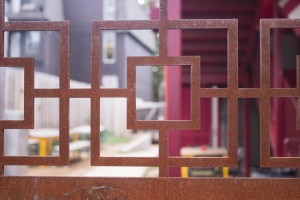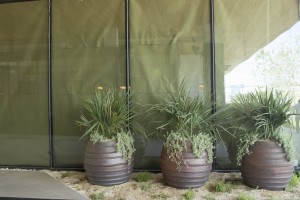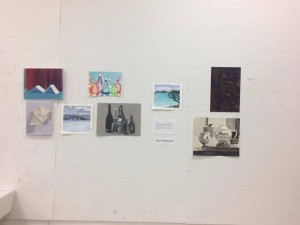
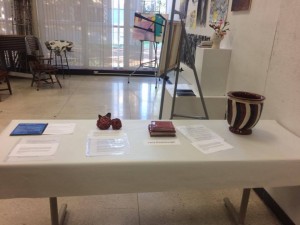
Artist Statement:
Teachers and parents talk about how it is important to be an individual and being different is good. But when I see people in their cliques and niches, I don’t see a difference between them, they look like copies of each other. Growing up with kids who were very similar to each other has fueled my interest in what makes us different from one another. My works are based on interests that have shape who I am, how I can separate myself from everybody else, and the idea of what makes us individuals.
Through these different mediums, techniques, and project concepts I have explored my own passions and I am learning where I stand with my relationship to art and how it is shaping me. Although I am a novice right now, I aim to find the kind of artist I want to be through this exploration of identity.
Discussion Questions:
What motivates you to make art?
My interest in my identity and exploring what kind of artist I will be motivates me to try other techniques and styles of art. A lot of times my motivation to make art is low because I am afraid of not knowing how to do something or I think that I am way in over my head.
How do you use color, space, form, and other dynamics in your work?
Most often I simplify the details within my pieces. I use colors that I like and that I think will work the best with the concept or still life, even if it’s a bit off.
How do you view your craftsmanship?
I try to be a perfectionist and I think it hurts my craftsmanship sometimes. I work really hard to make it look the best, but because I tend focused on fixing one part the other parts become loose due to limited time on projects.
What do you consider to be your strengths?
I think my strengths are in drawing and problem solving. I am also often dedicated to my concepts for pieces once I have decided what to do.
Are there skills you feel need further development?
I need to develop my creativity and work on finding my style as an artist. I also need to work on my problem solving skills and being less hard on myself.
How does your work relate to art historical precedents and contemporary trends?
I am inspired by the aesthetic movement and their idea of “art for art’s sake”. Most of the art I make does not have a deep meaning I made it because it was something that interested me or something that caught my eye.
What are your expectations/goals for yourself over the next five years?
My goal in the next few years is to hopefully get a job that will help me develop as an artist and where I can use my artistic abilities.
While working on this project I found that making collages is not something I like. I would rather prefer to draw or paint an image rather than connect other images to create a new one; whether it be an abstract image or not. Thats why my collages seem to be disconnected. I found that I dislike South Congress more than I did when I started this project.
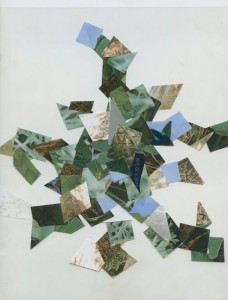
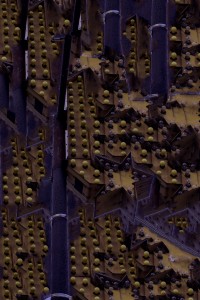
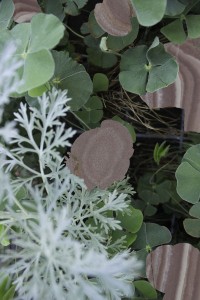
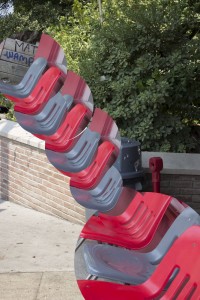
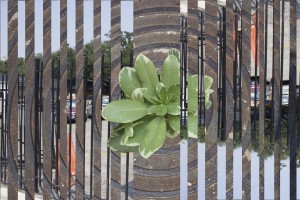
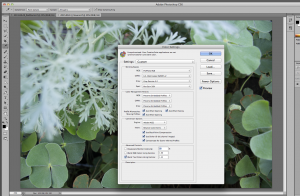
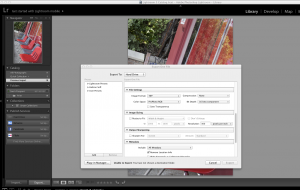
Nick Swift was the first speaker out of four. He now own his own whiskey business. He started by getting help from St. Edwards and now does not really use his degree. I find that he was a good example that one does not have to go into a job that has to do with what your study is. This is a common trend now days.
Rebecca was a self taught photographer and now is curator of independent art projects in east austin. She is also an editor on a online publication site. She could not stress more how important internships are. The way I interpreted how she talked about internships was that to get a successful job with any kind of Arts degree you need to have many internships. That way one may become your job out of college. Of could one could change later, but it would be a good start to a completely adult life.
The third speaker was Alex Roka. He was a graphic designer, who now works with creating logos and other designs. He talked about how we should explore different mediums ourselves, mediums that we may be uncomfortable with, rather than waiting for someone else to request or push us to do it. Knowing different mediums will help with ones personal growth in art and also professional growth. I see that knowing and mastering different types of art will help with getting jobs.
Taylor spoke a lot about her time at St. Edwards and how it helped shape her and helped her find her career. She went on about her travels abroad and how she grew as a person on her travels that later got her to her job in San Antonio.
I feel that I didn’t relate to anyone in particular, but hearing a story about Swift, who isn’t using his art degree for anything, made me think that I would somehow end up like that. But not be as happy as he is now. It is a scary truth that I may not get a stable job with a studio art degree.
The most valuable information I gained from this talk and other talks was about how one needs to be persistent with choosing and gaining internships. I knew that they are helpful and that many people get hired by the company once they graduate, but hearing 3 out of 4 stories to where they were made me feel much more relaxed that the future will be fine.
Here is the screenshot of my collections, keywords, and file types in Bridge. Though I did do some stuff in Lightroom, I mainly used Bridge to compile and sort through. I enjoyed taking photos of plants and buildings. I went out and took pictures on the 28th of August, fifth and 13th of September. They were all taken around noon to 5 pm.
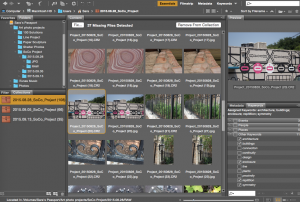
These following pieces show symmetry, repetition, enclosure, connection, proximity


